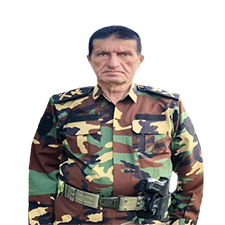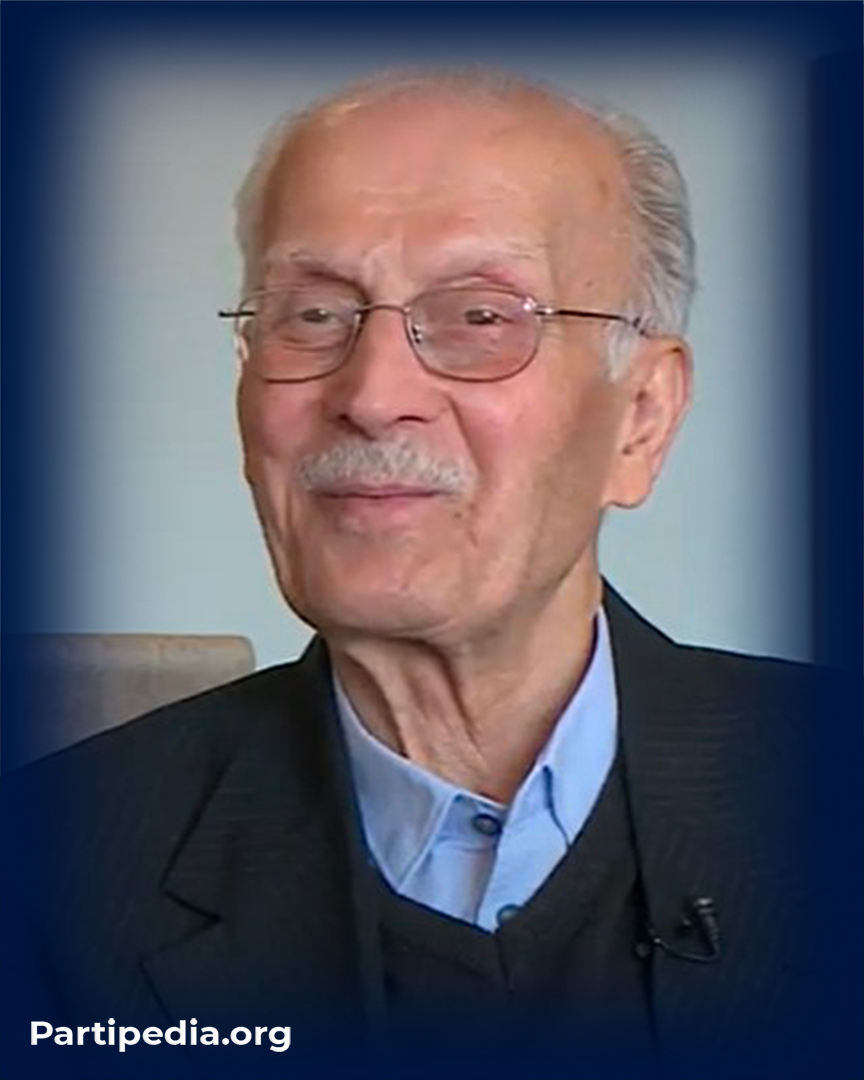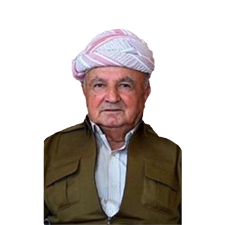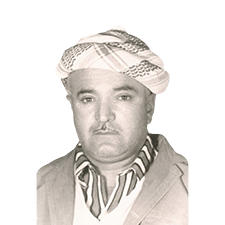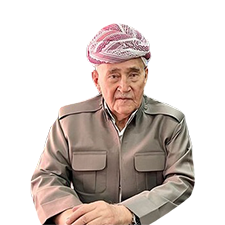In 1979, he was elevated to the esteemed position of commander of the Peshmerga forces during the May Revolution. That same year, he actively participated in the 9th Congress of the Kurdistan Democratic Party. On August 16, 2018, President Massoud Barzani honored him with the prestigious Barzani Immortality Medal. Born in 1951 in the village of Guani in Diyana district, Mushir Rasul Haji faced educational challenges due to the absence of schools. Nonetheless, he persevered and acquired literacy skills later on. Following the downfall of the September Revolution in 1975, he was displaced to Iran and eventually settled in Kermanshah, then Ahvaz. He was subsequently relocated to Khanaqin and later to Karbala. The Iraqi government unjustly imprisoned him in Najaf for two months. Mushir Rasul Haji is fluent in Kurdish, Arabic, and Persian languages. In 1966, he joined the Peshmerga forces of the September Revolution through Hamid Effendi, attaining the rank of Peshmerga in the distinguished Balak force. He continued his Peshmerga activities until the declaration of March 11, 1970. In 1974, during the resumption of hostilities between the Iraqi army and the Kurdish revolution, he valiantly served in Sar Bardi and actively participated in the battle of Mount Gorez, where he tragically lost two cousins, Abdulwahid Hamad Law and Wasoo Hamad Law, who were martyred. Mushir Rasul Haji himself sustained severe injuries and was subsequently treated in Urmia. In 1978, he was granted permission to return to his hometown of Guan village, but he chose to rejoin the Peshmerga forces during the May Revolution, again under the guidance of Hamid Effendi. He journeyed to Gosta village, situated between North and South Kurdistan, accompanied by some of his relatives. Upon joining the Peshmerga forces, he served diligently in the Bradost and Balakaity regions. On October 2, 1979, he embarked on a journey to East Kurdistan to partake in the 9th Congress of the Kurdistan Democratic Party (KDP) and actively participated in the proceedings held in Zewa village. He remained in East Kurdistan until 1980, subsequently returning to South Kurdistan to fulfill his mission. Prior to that, he ventured to the village of Shapata in North Kurdistan to procure provisions and daily necessities for the Peshmerga. Despite encountering treacherous conditions in the Rubarok River, he was rescued by the local populace. Sustaining injuries from the river's turbulent waves and lacking access to healthcare facilities, he resorted to makeshift remedies using animal skins. In 1981, he assumed the role of a detachment commander in the Peshmerga forces. In that same year, while on duty near the village of Kawana in Mergasur district, he fell victim to an ambush orchestrated by Iraqi soldiers and mercenaries. After enduring a grueling defense, he managed to escape. In 1985, he was transferred to the Balak region and became a member of the Ruandz Regional Committee within the military department. He continued his service until 1988, during which he participated in various battles, including the Warte, Konekotr, Hiran, and Nazanin conflicts. He sustained severe injuries in the battle between Hiran and Nazanin, having been exposed to chemical weapons in the Malan area and suffering from asthma for a period of time. In 1991, he took part in the Soran, Erbil, and Akre uprisings, returning to Ranya alongside President Massoud Barzani. He collaborated with Omar Osman Mergasuri and Jamal Murtka in the Erbil uprisings. In 1992, following the establishment of the United Forces in Ruandz, he assumed the position of commander of the sixth battalion. In 1995, he was transferred to the Fifth Spilk Army, overseeing army movements. In 1999, he was promoted to a member of the Halgurd Command and currently serves as a lieutenant. In 2014, he actively participated in the battle to safeguard the sovereignty of the Kurdistan Region in the Mahmudiya, Zumar, and Bashiqa fronts against ISIS terrorist.
Sources:
kdp encyclopedia archive




